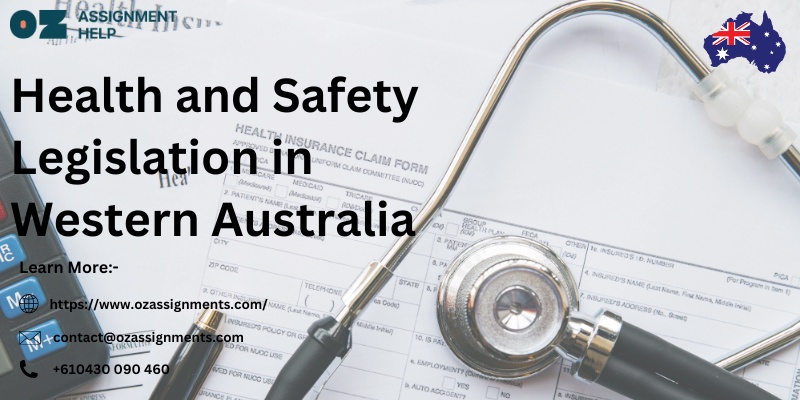Western Australia, one of Australia's six states, commands a vast expanse comprising a third of the country's western territory. Situated amidst the Indian Ocean to the north and west, and bordered by the Great Australian Bight and the Southern Ocean to the south, Western Australia boasts a sprawling landscape with a notably sparse population, primarily concentrated in the southwestern region, accounting for approximately 92% of its inhabitants.
Like other states in Australia, Western Australia operates under its parliamentary system, featuring lower houses known as Legislative Assemblies and upper houses referred to as Legislative Councils. The head of the state government is the Premier, while the monarch holds the ceremonial position of governor.
Each Australian state exercises autonomy in developing and implementing its occupational health and safety (OHS) legislation. These laws serve to establish general safety standards, safeguard the rights of workers, and educate employees about health and safety measures in the workplace. While each state maintains its legislation, there exists a model Workplace Health and Safety (WHS) Act, albeit with variations in penalty levels, union rights, and safety representatives' authority.
In Western Australia, the regulatory landscape encompasses several key acts and regulations, including:
1. Occupational Safety and Health Act 1984
2. Occupational Safety and Health Regulations 1996
3. Mines Safety and Inspection Act 1994
4. Mines Safety and Inspection Regulations 1995
5. Workers Compensation and Injury Management Act 1981
6. Workers Compensation and Injury Management (Acts of Terrorism) Act 2001
7. Workers Compensation (Common Law Proceedings) Act 2004
8. Workers Compensation and Injury Management Regulations 1982
Under the jurisdiction of the Department of Commerce, the WorkSafe Western Australia Commission oversees the administration and enforcement of the Occupational Safety and Health Act 1984. The commission's responsibilities encompass policy formulation, public education, complaint investigations, inspections, and legal proceedings against non-compliant entities.
The Occupational Safety and Health Act 1984
1. Duties: All stakeholders, including employees, workplace controllers, designers, and manufacturers, bear responsibility for ensuring safety and health. Violations of these duties may result in prosecution.
2. Safety Representatives: Employees have the right to elect safety representatives, who play a crucial role in consulting on OHS matters and issuing provisional improvement notices (PINs) when necessary.
3. Refusal to Work: Workers retain the right to refuse work in hazardous conditions, provided such conditions are verified. False claims or unjustified work refusals may constitute offenses.
4. Penalties: The Act prescribes significant penalties for serious breaches, including fines and imprisonment for those responsible for causing harm or fatalities in the workplace.
Conclusion
In Western Australia, robust health and safety legislation forms the cornerstone of workplace well-being and employee protection. The stringent regulatory framework underscores the state's commitment to maintaining safe working environments. As individuals navigate the complexities of occupational health and safety laws, resources such as Oz Assignments offer invaluable support in understanding and complying with these regulations.
For more info Click Here


No comments yet